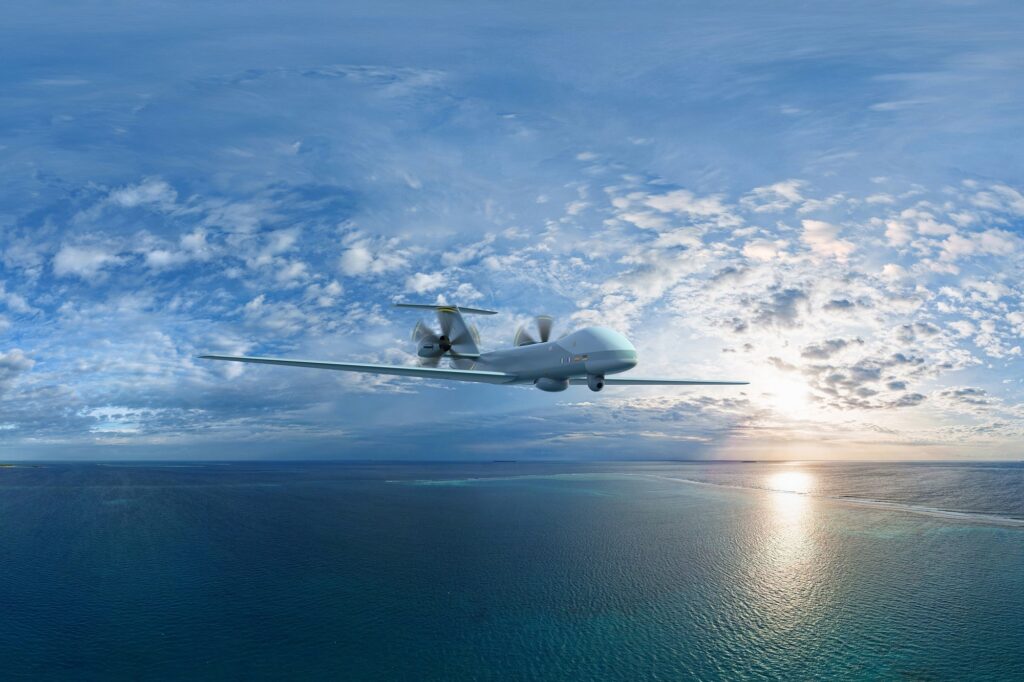The Eurodrone program has reached a significant milestone by completing its Preliminary Design Review (PDR).
The review, spearheaded by Airbus Defence and Space as the primary contractor, involved the Organisation for Joint Armament Cooperation (OCCAR), the four customer nations (France, Germany, Italy, and Spain), and the three main subcontractors (Airbus Defence and Space Spain, Dassault Aviation and Leonardo).
“Performing the Preliminary Design Review for the development of Eurodrone represents an important step forward for this key European defence programme”, Jean-Brice Dumont, Head of Air Power at Airbus Defence and Space, said in a press release.
The assessment included a range of technical evaluations, such as wind tunnel testing to confirm the aircraft’s aerodynamic configuration, comprehensive design assessments to guarantee operational capabilities, and the validation of a digital twin.
Launched in 2015, the project is a collaborative effort to develop a European medium-altitude, long-endurance (MALE) drone. The Eurodrone, or EuroMale, is expected to have an estimated mass of 10 tonnes, a payload capacity of 2,300 kilograms, a wingspan of 26 meters, a length of 16 meters, and a height of six meters. It will be powered by two ‘Catalyst’ turboprop engines provided by Avio Aero, the Italian subsidiary of General Electric (GE).
In 2023, the project faced delays that impacted the overall timeline after coordination issues between the German main contractor, Airbus, and the French subcontractor, Dassault. The PDR initially set to be completed by September 2023 was postponed. It is still unclear whether these challenges will impact the Critical Design Review (CDR), which was expected to be completed in September 2024. The first flight of the European MALE prototype is currently scheduled for 2027.
The development of the Eurodrone has encountered several setbacks prior to this. Initially planned for signing in 2019, the European Remotely Piloted Aircraft System contract caused disputes over the drone’s price. The main concern was that a Medium-Altitude Long-Endurance (MALE) drone like the Eurodrone might struggle to compete in the market if its price was higher than its rivals, especially the industry standard, the General Atomics Reaper drone.

